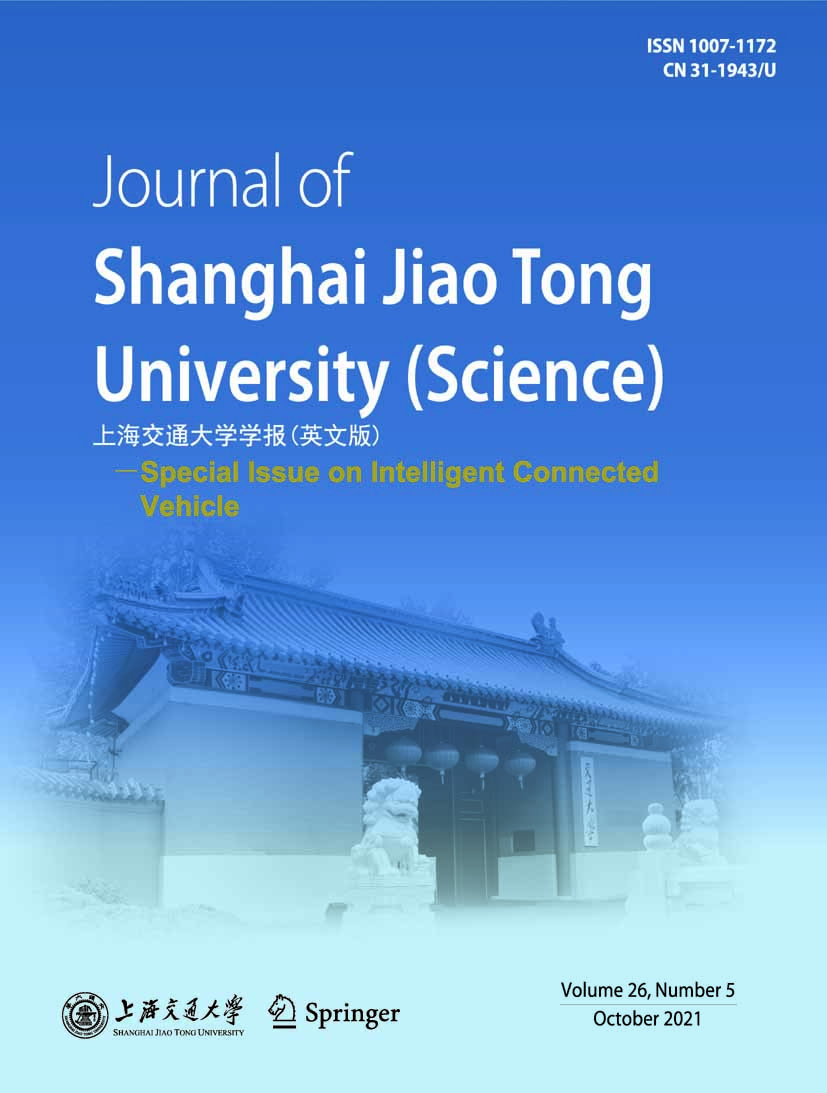|
|
Intelligent Connected Vehicle as the New Carrier Towards the Era of Connected World
ZHUANG Hanyang (庄瀚洋), QIAN Yeqiang (钱烨强), YANG Ming(杨 明)
2021, 26 (5):
559-560.
Human beings have been kept pursuing of higher efficiency and better safety to move people and things around since thousands of years ago. In modern soci-ety, vehicles are therefore invented and utilized to boost the speed and enhance the safety. In recent years, rapid development of information technology has brought hu-man into a new era of connected world. Internet and smartphones have made it extremely easy to get ac-cess to anyone from anywhere any time. In this back-ground, intelligent connected vehicles (ICVs) have been proposed and investigated. In the similar manner as the smartphones, ICVs are expected to be the next gener-ation carrier for people to get connected to the world.
ICVs are equipped with novel sensors, controllers, and actuators to understand the environment, make decisions, and take actions, respectively. The word “intelligent” indicates that the vehicle should be able to handle unexpected events on the road. The word “connected” means that the information of each vehicle should be shared and considered globally. Full auton-omy and full connection are the ultimate goals of ICV industry. Unfortunately, we are still far away from this goal; therefore, continuous efforts shall be made to step further to this destination.
As the ICV consists of multiple subsystems and is across different disciplines, the overall improvement re-quires the innovation in each aspect. Under this cir-cumstance, the Special Issue on Intelligent Connected Vehicle at Journal of Shanghai Jiao Tong University (Science) has been organized to broaden the perspec-tive, promote the interdisciplinary collaboration, and report the state-of-the-art works.
Related Articles |
Metrics
|

